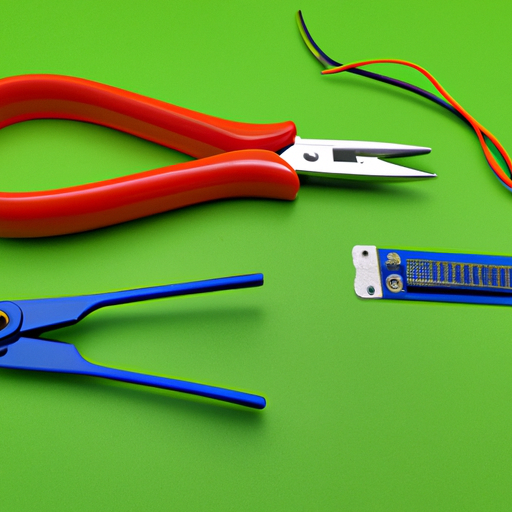Application Development in Maker/DIY and Educational Sectors for 2038: Key Technologies and Success Stories
As we look toward 2038, the landscape of application development in the Maker/DIY and educational sectors is likely to be shaped by several key technologies and success stories. Here are some anticipated trends and innovations that could define this space:
Key Technologies
| 1. Artificial Intelligence and Machine Learning | |
| 2. Augmented Reality (AR) and Virtual Reality (VR) | |
| 3. Internet of Things (IoT) | |
| 4. 3D Printing and Advanced Manufacturing | |
| 5. Blockchain Technology | |
| 6. Low-Code/No-Code Development Platforms | |
| 1. Arduino and Raspberry Pi | |
| 2. Tinkercad | |
| 3. Kano | |
| 4. Scratch | |
| 5. Open Source Hardware Movement | |
| 6. Maker Spaces and Fab Labs | |
Success Stories
Conclusion

By 2038, the intersection of technology and education in the Maker/DIY space is expected to be vibrant and dynamic, driven by advancements in AI, AR/VR, IoT, and more. Success stories from the past will continue to inspire new initiatives, fostering a culture of creativity, collaboration, and lifelong learning. As these technologies evolve, they will empower individuals to explore, create, and innovate in ways we can only begin to imagine today. The future of Maker/DIY and educational application development promises to be an exciting journey of discovery and empowerment.
Application Development in Maker/DIY and Educational Sectors for 2038: Key Technologies and Success Stories
As we look toward 2038, the landscape of application development in the Maker/DIY and educational sectors is likely to be shaped by several key technologies and success stories. Here are some anticipated trends and innovations that could define this space:
Key Technologies
| 1. Artificial Intelligence and Machine Learning | |
| 2. Augmented Reality (AR) and Virtual Reality (VR) | |
| 3. Internet of Things (IoT) | |
| 4. 3D Printing and Advanced Manufacturing | |
| 5. Blockchain Technology | |
| 6. Low-Code/No-Code Development Platforms | |
| 1. Arduino and Raspberry Pi | |
| 2. Tinkercad | |
| 3. Kano | |
| 4. Scratch | |
| 5. Open Source Hardware Movement | |
| 6. Maker Spaces and Fab Labs | |
Success Stories
Conclusion

By 2038, the intersection of technology and education in the Maker/DIY space is expected to be vibrant and dynamic, driven by advancements in AI, AR/VR, IoT, and more. Success stories from the past will continue to inspire new initiatives, fostering a culture of creativity, collaboration, and lifelong learning. As these technologies evolve, they will empower individuals to explore, create, and innovate in ways we can only begin to imagine today. The future of Maker/DIY and educational application development promises to be an exciting journey of discovery and empowerment.








